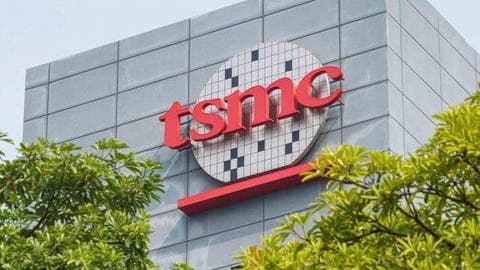No doubt, TSMC is the most advanced chipmaker in the world. However, it is facing strong competition from Samsung which is almost on par with the Taiwanese company. TSMC has successfully mass-produced the 5nm process in the first quarter of this year. Its next focus will be on the more advanced 3nm process. The research and development of the company are advancing according to schedule. According to reports, just like the 7nm process, the 3nm process will also have a second generation. The company will call the second-generation 3nm Plus (or 3nm+).
Recent reports now show that TSMC 3n Plus process will be official in 2023. However, there is no information on whether it will be in the first half or second half. In terms of customers, Apple will be the first customer to use the 3nm Plus process. There are speculations that Apple’s 2023 iPhone (iPhone 15) will use the Bionic A17 SoC. This chip will use TSMC’s second-generation 3nm manufacturing process. Of course, these are just projections.
In the last three-quarters, TSMC has been doing quite well. TSMC CEO, Wei Zhejia, regularly talks about the 3nm process. According to him, everything is progressing smoothly. He plans to enter risk trial production in 2021 and mass production in the second half of 2022.
In terms of the time interval for mass production, the 3nm Plus process will arrive in 2023. This is consistent with the last two generations (7nm and 5nm processes) in terms of the time interval. TSMC’s 7nm process was mass-produced in April 2018, and the second generation hit the road the following year. The 5nm process was mass-produced in the first quarter of this year. According to TSMC’s schedule, the second generation 5nm+ will commence mass-production next year. The official launch will be a year after its first mass production.
The details of TSMC’s second-generation 3nm process are still unclear. However, we expect some sort of increase in density, energy consumption, and performance. The number of transistors should also increase relative to the first generation.
Follow Gizchina.com on Google News for news and updates in the technology sector.
